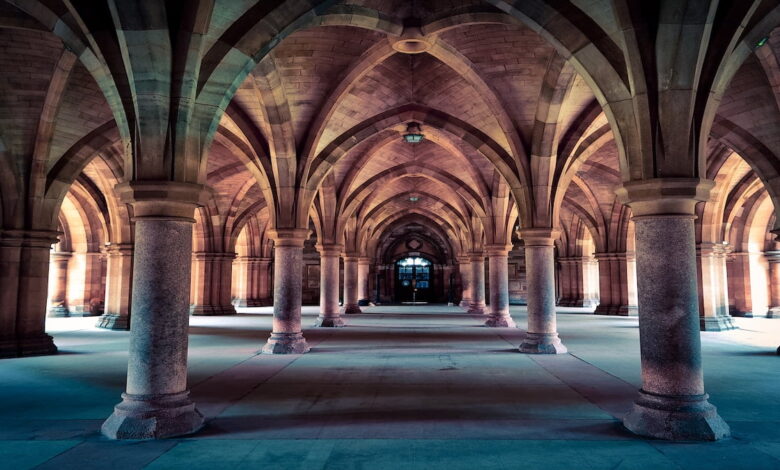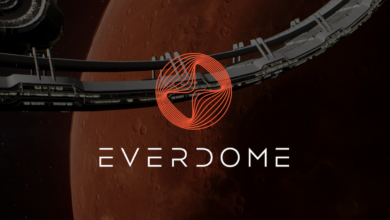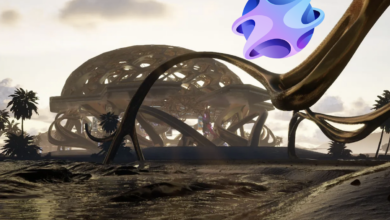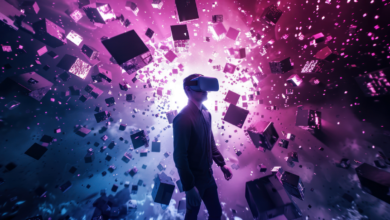University of Glasgow Launches £5.6M Museums in the Metaverse Digital Initiative

The University of Glasgow has taken a significant stride towards blending education with digital innovation through the launch of the £5.6 million “Museums in the Metaverse” project.
With financial support from the UK Government’s Innovation Accelerator programme, this initiative seeks to combine history, heritage, and culture with extended reality (XR)—an umbrella term encompassing virtual reality, augmented reality, and mixed reality technologies.
Historical Heritage with Digital Innovation
This ambitious project aims to create a two-sided XR platform. The first side of the platform is designed to provide virtual access to a wide array of museums, historical sites, objects, and dynamic experiences. On the flip side, the platform will serve as a canvas for virtual curators, enabling them to weave together stories by amalgamating 3D objects and environments.
To bring this project to fruition, the University of Glasgow is collaborating with National Museums Scotland, Historic Environment Scotland, and Edify, an immersive learning platform. The collective expertise from these collaborations is anticipated to significantly contribute to the successful execution of the project.
The Museums in the Metaverse team, spearheaded by Professor Neil McDonnell at Glasgow, acknowledges that while virtual museums can never supplant the unique experience of in-person visits, they hold the potential to augment the offerings of traditional museums.
Looking Ahead
The “Museums in the Metaverse” project heralds a new juncture where heritage meets digital innovation, embodying a forward-thinking approach to education and cultural engagement. By fostering a symbiotic relationship between physical museums and the digital realm, the University of Glasgow, alongside key collaborators, embarks on a path to redefine how we interact with and preserve history.
This initiative not only showcases the transformative potential of extended reality technologies but also sets a robust foundation for enriching public interaction with cultural assets. As the digital and physical worlds continue to converge, projects like this underscore the evolving narrative of education and heritage preservation in a digital age.





